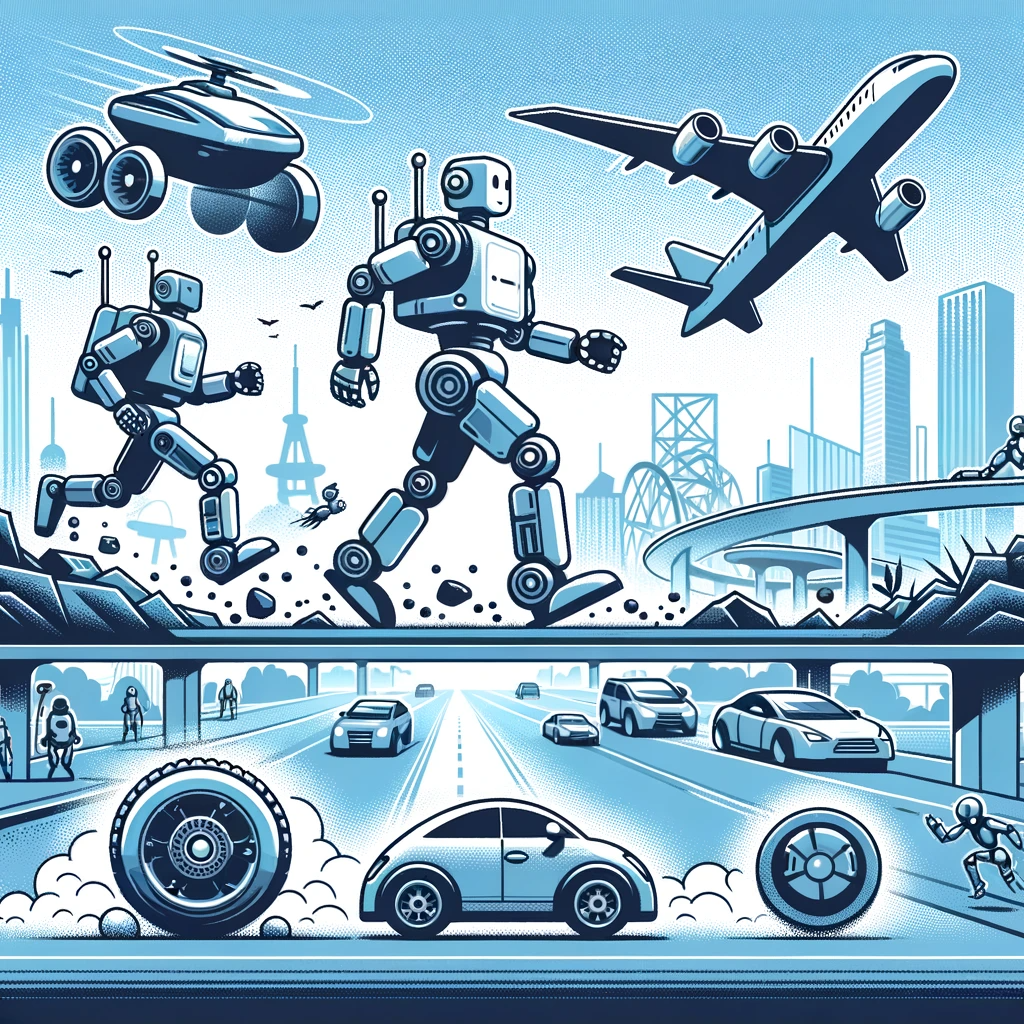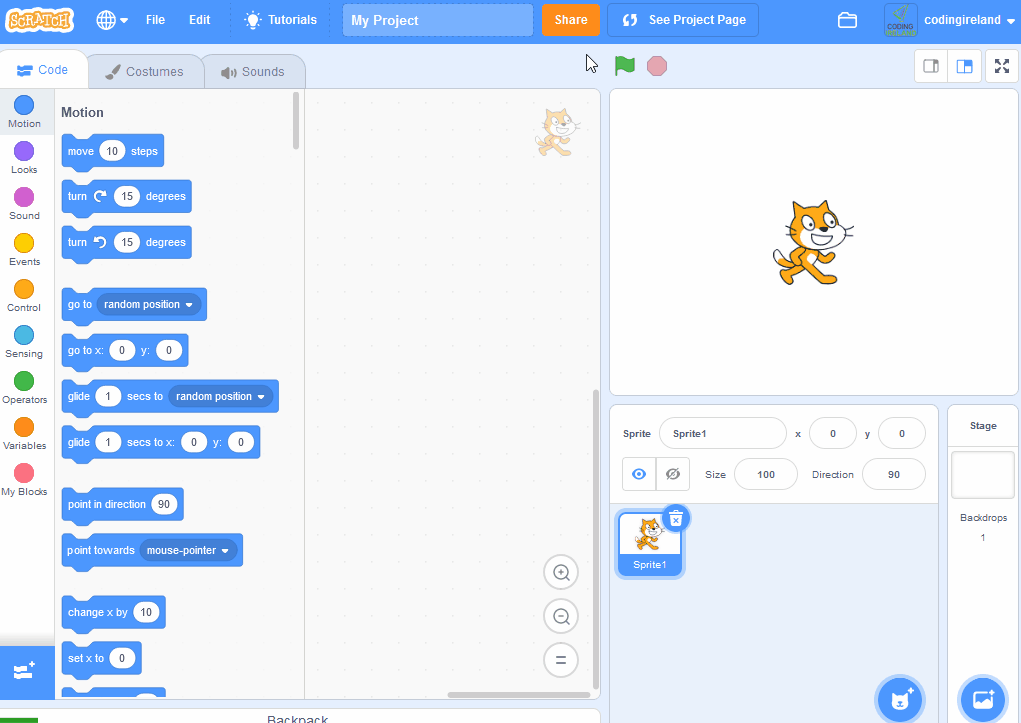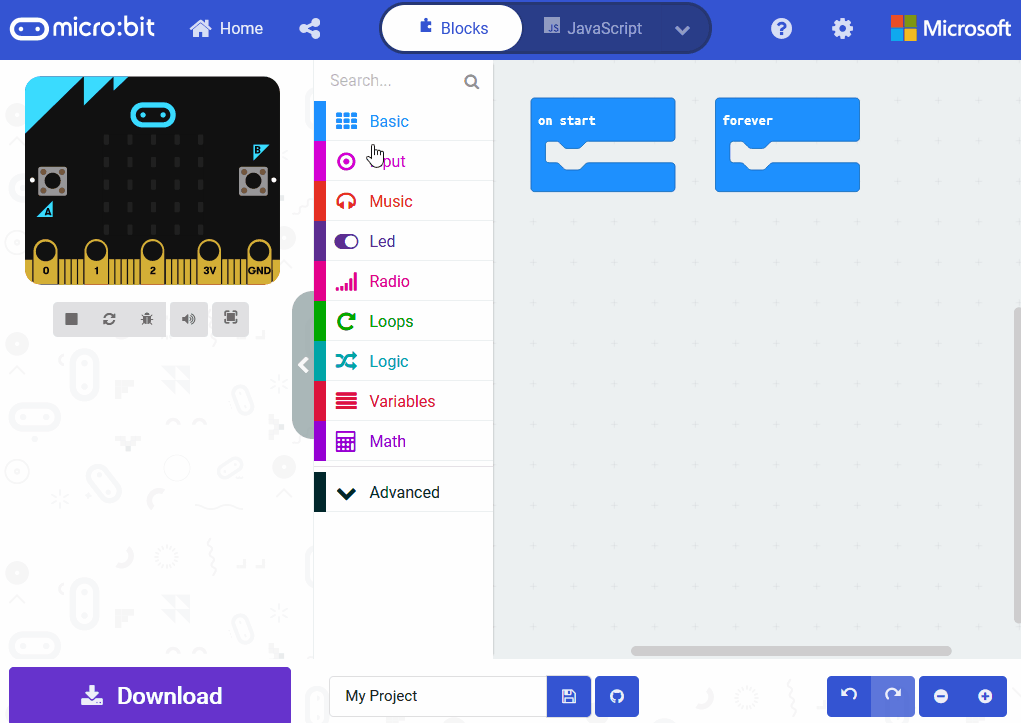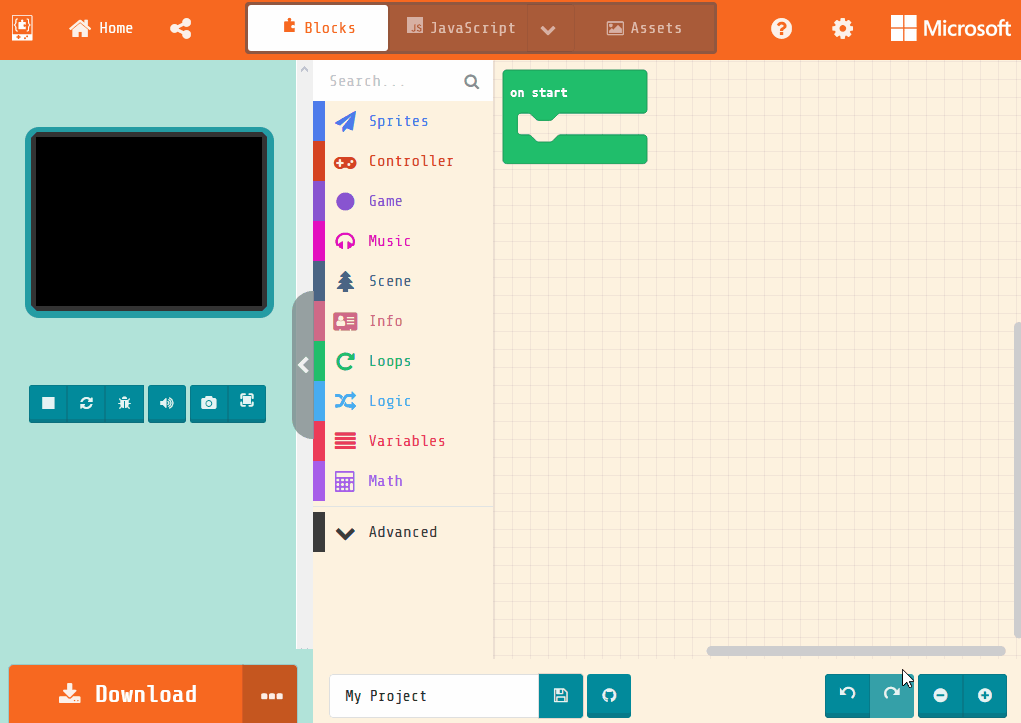Robot anatomy
In this lesson, we'll explore the anatomy of robots and learn about the components that make them work, including sensors, actuators, and controllers. We'll also learn about robot bodies, locomotion, end effectors, and power supplies. By the end of the lesson, we'll have a better understanding of how these elements influence the design and function of robots.
 Chromebooks, laptops, and PCs are crucial tools for coding and digital skills education. Chromebooks are ideal for web-based applications and collaborative projects, while laptops and PCs support a wider range of programming environments and software for more intensive tasks like software development and data analysis.
Chromebooks, laptops, and PCs are crucial tools for coding and digital skills education. Chromebooks are ideal for web-based applications and collaborative projects, while laptops and PCs support a wider range of programming environments and software for more intensive tasks like software development and data analysis.








